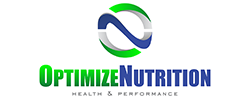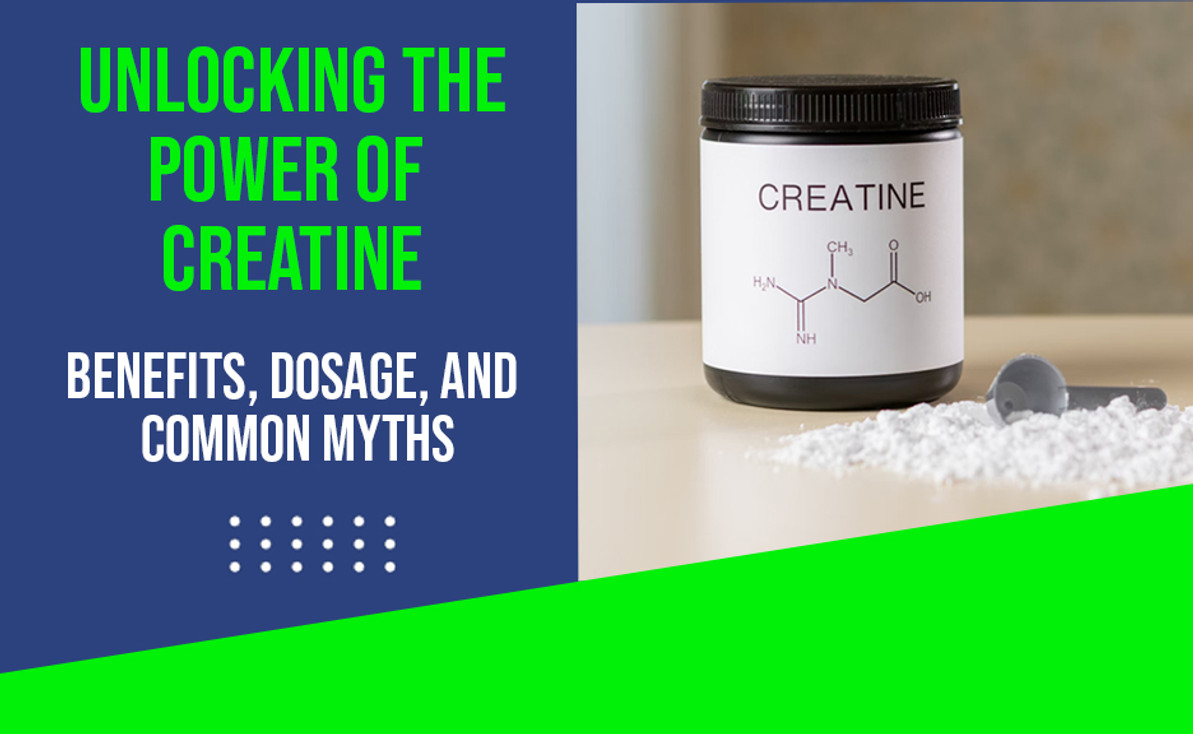Unlocking the Power of Creatine: Benefits, Dosage, and Common Myths
When it comes to enhancing your physical performance and boosting your workout results, creatine is a name that often surfaces in fitness circles. This naturally occurring compound, made up of the amino acids glycine, arginine, and methionine, is produced in your liver, kidneys, and pancreas. While it can be obtained in small amounts from your diet, many turn to creatine supplements to reach optimal levels for improved athletic performance. In this article, we'll delve into what creatine is, how it works, the best way to take it, and debunk common misconceptions. Plus, we'll introduce you to a range of creatine supplements available on our website, Optimizenutrition.ca, to help you achieve your fitness goals.
Understanding the Science of Creatine: Creatine serves as a valuable tool for athletes and fitness enthusiasts looking to boost muscle strength, increase power output, promote lean muscle mass, and support anaerobic activities. The fundamental mechanism behind creatine's effectiveness lies in its role in energy production, particularly the recycling of ATP (adenosine triphosphate), which is crucial during intense physical and mental activities. Numerous studies have demonstrated the benefits of creatine with minimal drawbacks, making it a top recommendation among personal trainers and nutritionists.
The Optimal Way to Take Creatine: For most individuals, creatine monohydrate is the go-to choice. It's recommended to take it post-workout, ideally alongside a combination of carbohydrates and protein to enhance its absorption and effectiveness. Many users blend creatine monohydrate with carbohydrate supplements, weight gainers, or protein powders. Dosage varies but typically falls within the range of 5-18 grams, depending on your weight, sport, and tolerance levels.
If you opt for other forms of creatine, such as creatine HCL or kre-alkalyn, lower dosages are required, usually ranging from 1.5 to 3 grams, again depending on your weight and tolerance. Timing-wise, consuming creatine before or after your workout is ideal for maximum impact.
Dispelling Common Misconceptions about Creatine:
- Creatine is not a stimulant, although it is sometimes combined with caffeine in pre-workout formulas.
- Creatine is generally safe, with minor side effects like mild stomach upset or water retention, which can lead to a bloated appearance. Drinking sufficient water while using creatine can mitigate these effects, and alternatives like creatine HCL and kre-alkalyn may help reduce them.
Benefits of Creatine Monohydrate Powder: Pure creatine monohydrate offers a range of benefits, including:
- Increased power output and explosiveness.
- Support for ATP production and recycling, ideal for explosive and fast movements.
- Improved muscle cell hydration, which enhances performance, size, and muscle pump.
- Mild positive effects on glucose metabolism, reduced mental fatigue, increased mental performance, and improved bone mineral density.
With its safety, affordability, and well-established benefits, creatine monohydrate is a valuable addition to your fitness regimen. Whether you're looking to break through plateaus, improve strength, or optimize your gym and field performance, creatine has your back.
Visit Optimize Nutrition to explore our extensive selection of creatine supplements, including creatine monohydrate, creatine HCL, and kre-alkalyn capsules and powders, all offered by top-leading brands at unbeatable prices. Plus, spend over $100 and enjoy free shipping on your order! Elevate your fitness journey with the power of creatine and experience a new level of strength and performance.
Recent Posts
-
Probiotics vs. Prebiotics: What’s the Difference and Why Do You Need Both?
Gut health is the foundation of overall wellness, influencing digestion, immunity, and even mental h …Mar 28, 2025 -
Holistic Beauty: Supplements for Healthy Skin, Hair, and Nails
When it comes to beauty, true radiance starts from within. While topical products play a role in ski …Mar 19, 2025 -
Beat Seasonal Allergies Naturally: The Best Supplements for Relief
Spring and fall bring beautiful changes in nature, but for many, they also bring sneezing, congestio …Mar 04, 2025




